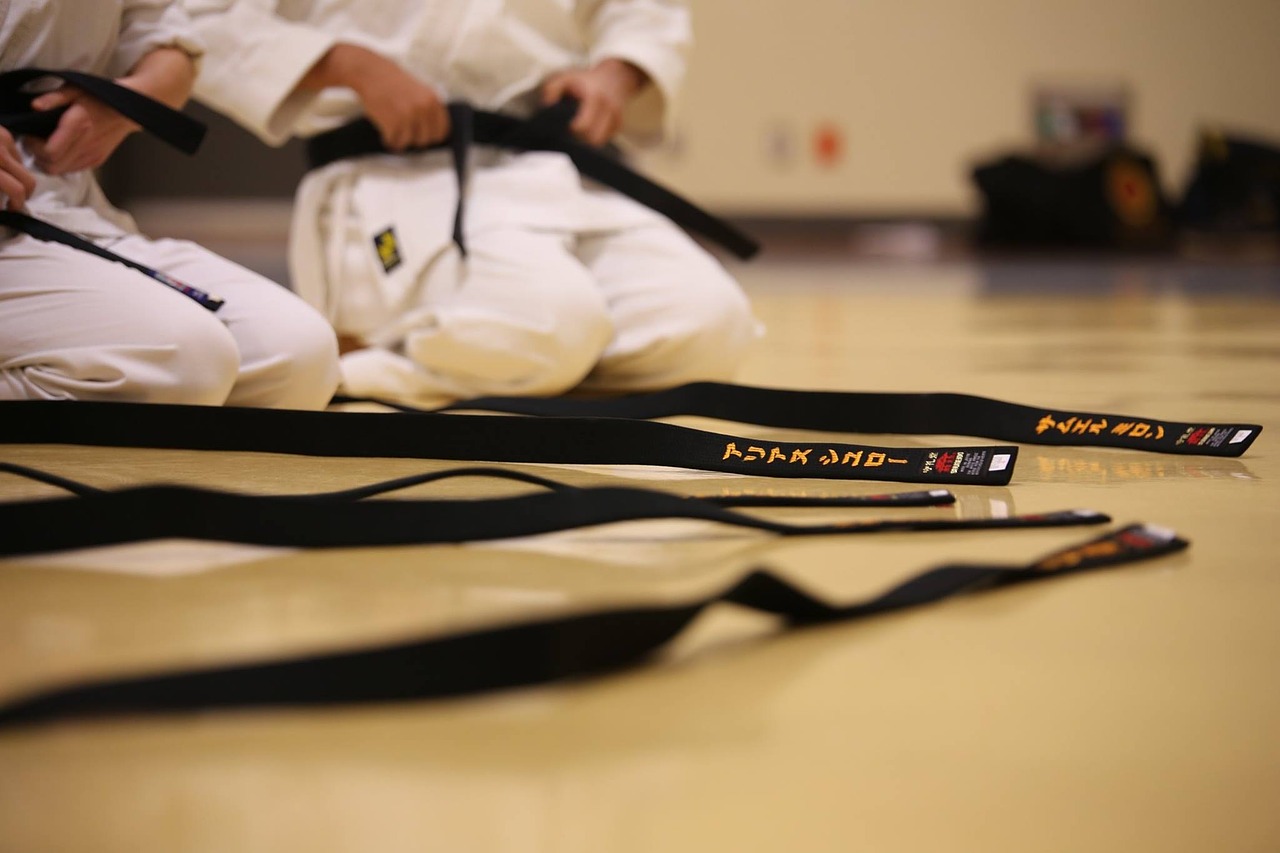Martial arts in general and Shotokan Karate in special are exciting activities, with challenges and a lot of fun. Since most of them involve hitting and working with partners, it’s important to know how to choose a martial arts school.
You’ll want to get fit, enjoy our MA training, make friends and learn a bit of self-defense as well. What you don’t want to is to run into bullies and psychopaths who will injure you without reason or straight beat you to a pulp. Even for those seeking full-contact martial arts training, respect, care and kindness are important.
Finding a martial arts school and an instructor is very important and equally difficult.
They have to meet a series of requirements in order to make martial arts pleasurable and not dangerous. It’s hard to believe that a beginner would like to come to train if he is afraid of something in the dojo or he simply doesn’t like the people there.
How to Choose a Martial Arts School – What to Look for
Schedule and Location
We all have our daily routine and Karate classes should be chosen so that we can do everything without messing the day. A distant dojo is again a problem because sometimes the student can’t find a way to get there and too much time on the road means less time for rest. So when looking for a dojo, make sure is not that far away, or prepare for the journeys.
After you’ve identified a school with an acceptable schedule and not too far from home, then you’re ready for step number two … meeting sensei.
Fees, Contracts, Rules
First you could use the phone in order to get some more information about the school and the instructors. Afterwards it’s time for the big meeting. Ask questions about the payment, contracts, special programs for the beginners and everything you’d like to know. It’s important to be told all about fees and the possible contracts. Try to avoid contracts if you can.
Maybe you won’t like it there and it’s a pity to have to stay just because of a piece of paper. From another point of view some schools use contracts in order to have a steady and well determined number of students. If you sign such a paper, make sure there’s a possibility to get out of it in case you just hate going there or something changed your schedule.
Ask for some special discounts and beginners’ programme. There are schools who offer some discounts for bringing a friend, a free training month, extra training hours and so on. Some dojos let you try for a free week with no fees. If there’s such a possibility go for it. See if it’s ok without having to worry about further obligations.
It’s important to see for yourself the way the class is run so ask to watch a class. In almost every case you should be permitted to see it. Use it in order to make a better choice. What should you look for in that particular training?
Sensei, Who’s Running the Class, Do People Get Injured a Lot?
Who’s running the class?
The instructor or just a highly-ranked student?
It’s common to have higher ranked students do the warm up or assist during the class. Having them run the entire class while big all mighty sensei is spending quality time outside or inside the dojo without paying attention to what’s going on in the class is not the best situation. You are paying to be taught by him so … leave.
How is sensei behaving?
Is he attentive and supportive or does he like to hurt the students and pays little attention to their needs?
He should be teaching the class and correcting the students, explaining and helping them understand the techniques.
The corrections should be made while explaining what’s wrong and how to perform better. If the instructor is hitting the students, hurts them and makes fun of their mistakes, just leave. The activity in his dojo is not safe and maybe you don’t like being beaten or called stupid.
How are the students behaving?
Are they friendly and supportive or plain mean? The higher ranked students should show mutual respect to the beginners, despite their place in the class, help the others and be nice. If it’s the case with the dojo you are seeing, it would be a good idea to stay, if not, move on.
Are there many injuries?
It’s impossible to have scrambled eggs without breaking the shell, but having too many injuries is not quite the best way to do Karate.
The kumite sessions should be light to medium contact and should be done while taking care of each other’s safety. Going home each night with a missing tooth, broken ribs or busted nose is not the solution for a healthy exercise. Hard contact should be done only at high rank and with mutual consent.
“Do I have to fight from the first day?”
This is the question every beginner asks. No, or yes.
Usually kumite sessions are permitted after some time in the dojo, after the student got used to the techniques and strategies.
In some cases beginners are put into kumite sessions in order to develop quick skills and reflexes. In that particular case the contact should be light and it’s better to fight with a higher belt, in order to benefit from the corrections and explanations.
If the dojo you are studying has the beginners beaten to a pulp from the first day, just leave without looking behind. Always remember personal safety in the most important thing. If the instructor pays little attention to it, don’t worry … others would be more willing to respect this condition.
Now you know how to choose a martial arts school that will help you enjoy your MA training and help you grow as a karateka.

